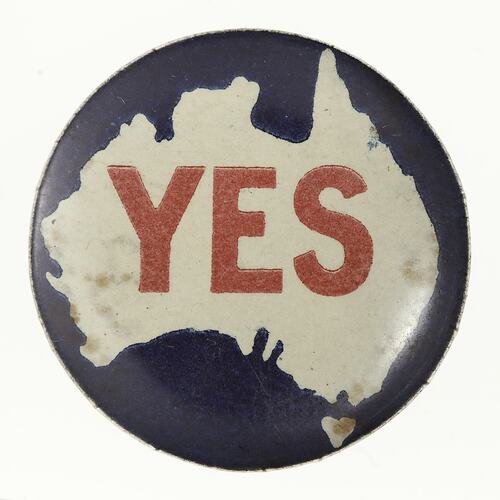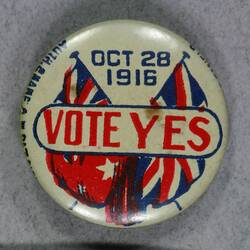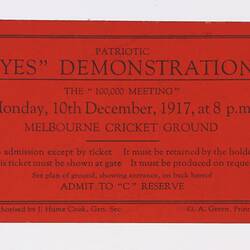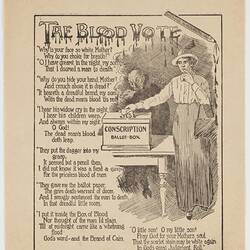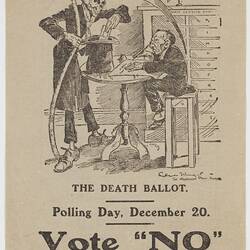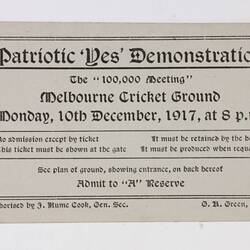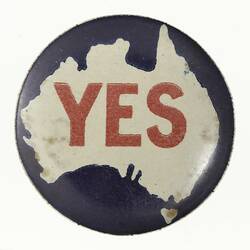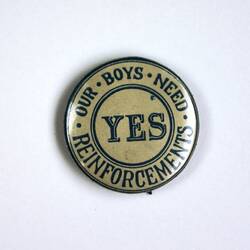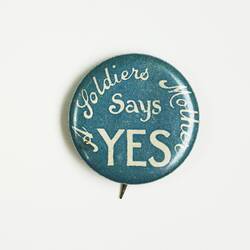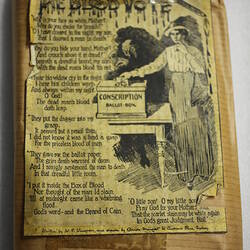Support for World War I was high in 1914; vast numbers of men enlisted to serve in the Australian Imperial Forces (AIF). However, stories of lost campaigns and war horrors, coupled with increasing casualty rates saw recruitment levels decline. By 1916 there was a shortage of men to fight overseas; Billy Hughes' Labor government proposed conscription as the solution to declining numbers of men. In a referendum held on 28 October 1916, Australians were asked: 'Are you in favour of the Government having, in this grave emergency, the same compulsory powers over citizens in regard to requiring their military service, for the term of this War, outside the Commonwealth, as it now has in regard to military service within the Commonwealth?' By a very narrow margin (51% against, 49 % for), the people of Australia rejected the referendum. After this failure, Hughes was expelled from the Labor Party. He promptly crossed the floor, along with about half of the parliamentary party, and became prime minister of a conservative Nationalist government.
The problem of declining numbers of men wishing to enlist did not go away. Consequently a second referendum was called. On 20 December 1917 the Australian public were asked: 'Are you in favour of the proposal of the Commonwealth Government for reinforcing the Commonwealth Forces overseas?' The answer was a resounding no.
Arguments for and against Conscription:
Many people regarded conscription positively, thinking of it - in this still staunchly imperial era - as a sign of loyalty to Britain. They also argued that conscription would provide additional support to those men who were already fighting. However, trade unions feared that their members might be replaced by cheaper foreign or female labour and opposed conscription. Other groups argued that the whole war was immoral, and it was unjust to force people to fight.
The conscription issue deeply divided Australia, with large-scale meetings being held both for and against. The female vote was seen as especially important; a significant number of meetings were called by both sides with the intent of influencing women voters to their point-of-view.
After the first referendum, the government used the War Precautions Act 1914 and the Unlawful Associations Act 1914 to arrest and prosecute anti-conscriptionists. A young John Curtin - who would become Australia's 14th Prime Minister - was amongst those arrested when he was a member of the Victorian Socialist Party. Other prominent anti-conscriptionists included Daniel Mannix, Catholic Archbishop of Melbourne, and the campaigner for women's suffrage Vida Goldstein.
References
Conscription during the First World War, 1914-18, Australian War Memorial web site https://www.awm.gov.au/encyclopedia/conscription/ww1/, accessed 2/10/2016
More Information
-
Keywords
-
Authors
-
Article types
